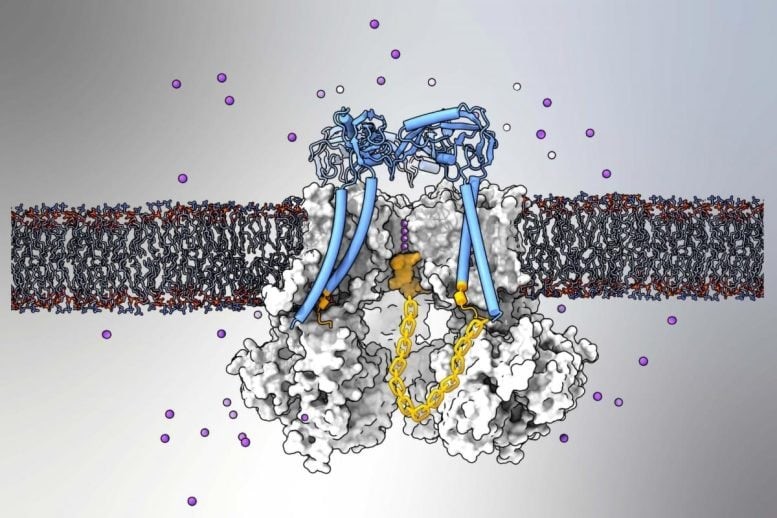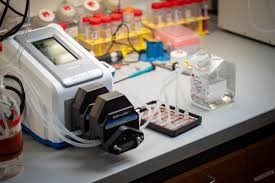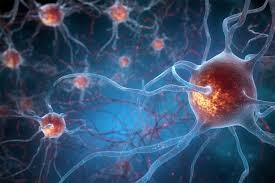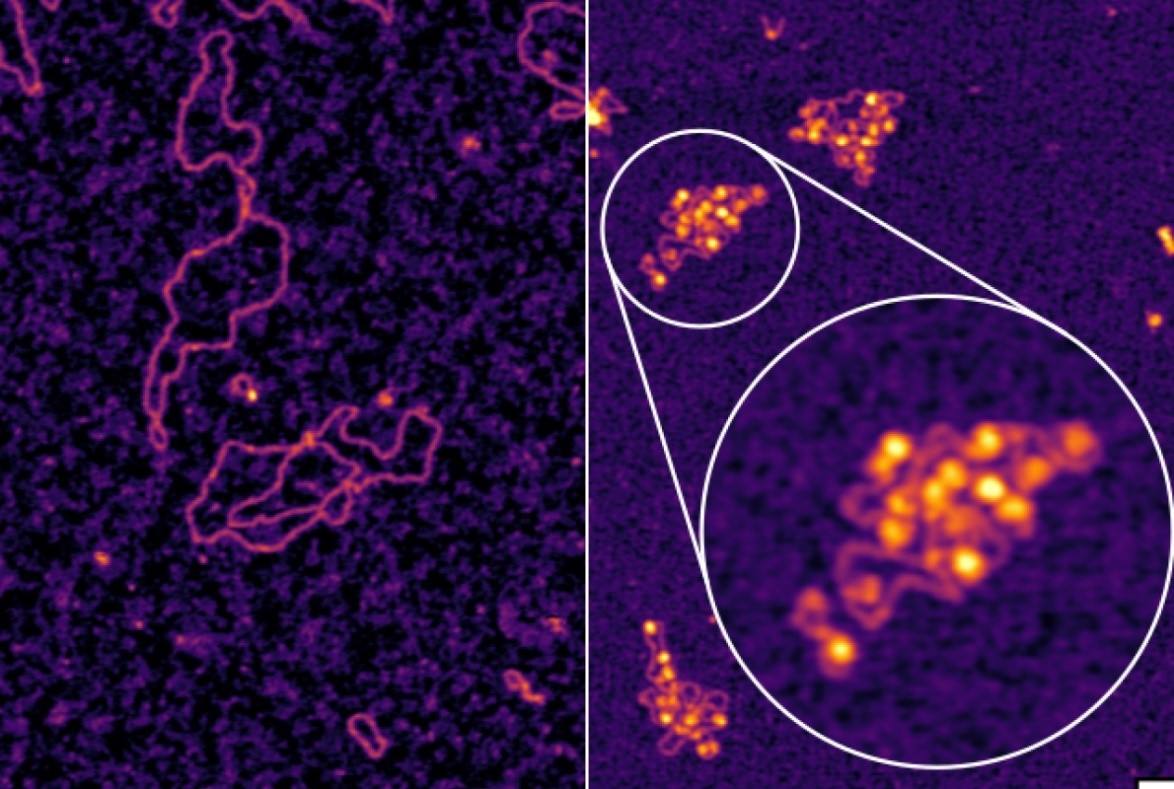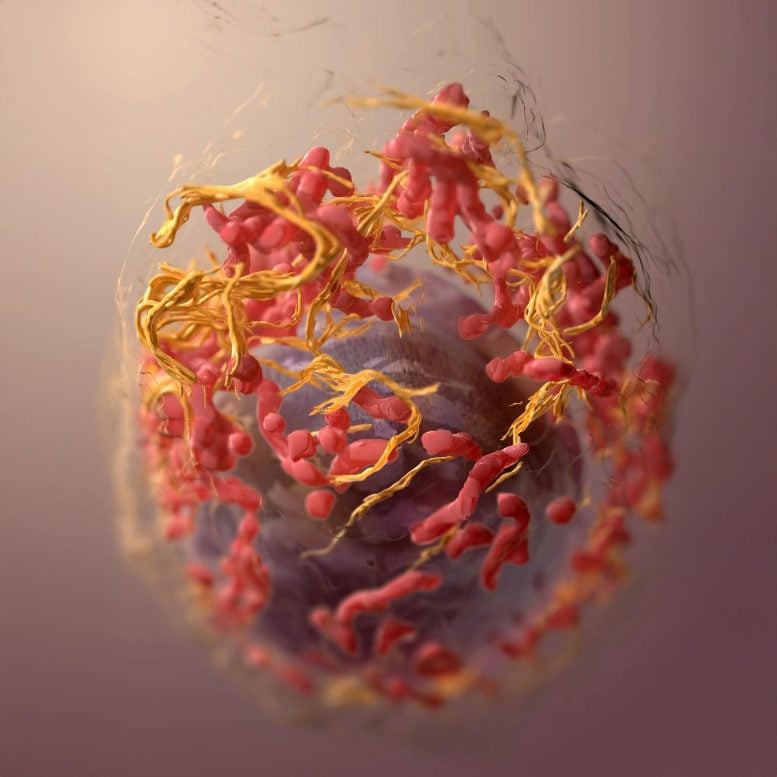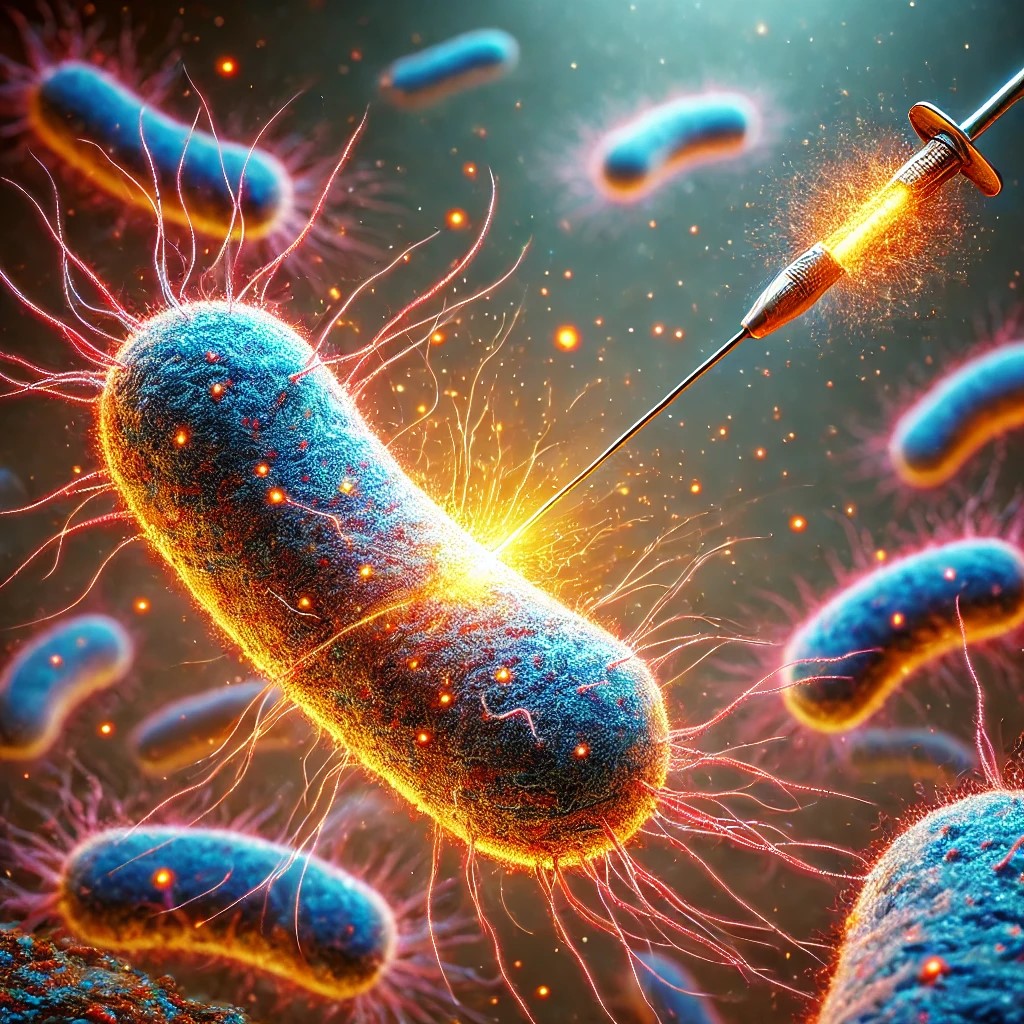Scientists Warn: Microplastics Are Silently Fuelling the Rise of Antibiotic-Resistant Superbugs
Scientists Warn: Microplastics May Be Driving Antibiotic Resistance
Microplastics are not just environmental pollutants—they may also be accelerating the rise of drug-resistant bacteria. A Boston University study found that bacteria exposed to plastic particles became more resistant to antibiotics, posing a serious public health risk. This is particularly concerning in overcrowded areas like refugee settlements, where plastic waste accumulates, and infections spread rapidly.
Microplastics: A Growing Health Threat
Microplastics are everywhere—in food, water, air, and even human bodies. Scientists are increasingly alarmed by their role in antibiotic resistance.

Figure 1.Microplastics.
Boston University’s Findings
Researchers discovered that bacteria exposed to microplastics developed resistance to multiple antibiotics, especially in environments with poor sanitation [1]. “The prevalence of microplastics in disadvantaged areas makes this finding even more alarming,” says BU professor Muhammad Zaman.
How Microplastics Strengthen Superbugs
Antimicrobial-resistant infections cause nearly 4.95 million deaths annually. BU researchers found that E. coli formed exceptionally strong biofilms—protective bacterial layers—on microplastics, making them more resistant to antibiotics.
Why It Matters
“Biofilms on microplastics were significantly thicker and stronger than on other materials,” says study lead Neila Gross. The findings were so striking that experiments were repeated multiple times, confirming that plastics actively contribute to bacterial resistance.
Zaman warns that microplastics do more than provide a surface for bacteria—they accelerate the growth of antibiotic-resistant superbugs, posing a major public health threat.
Refugees and the Rising Risk
“Antibiotic resistance is often blamed on individual behavior, but many, especially in displaced communities, are at higher risk due to their environment,” says Zaman. With 122 million displaced people worldwide in 2024, microplastic contamination may further burden already struggling healthcare systems.
Next Steps: Investigating the Link
Gross and Zaman plan to study real-world environments, monitoring refugee camps for microplastic-related drug-resistant bacteria [2]. They also aim to understand why plastics create ideal conditions for bacterial growth.
One theory suggests plastics repel water, allowing bacteria to attach more easily. Over time, they absorb moisture, possibly trapping antibiotics before they can reach bacteria. Even after microplastics were removed, exposed bacteria retained their ability to form strong biofilms.
A Call for Scientific Action
“These issues are often framed as political or humanitarian, but the science behind them is crucial,” says Zaman. “We hope this research inspires more scientists and engineers to explore these urgent questions.”
References
- https://scitechdaily.com/scientists-sound-the-alarm-microplastics-are-quietly-creating-superbugs-that-defy-antibiotics/
- https://www.bu.edu/articles/2025/microplastics-could-be-fueling-antibiotic-resistance/?utm_source=chatgpt.com
Cite this article:
Keerthana S (2025),Scientists Warn: Microplastics Are Silently Fueling the Rise of Antibiotic-Resistant Superbugs,AnaTechMaz,pp. 341








